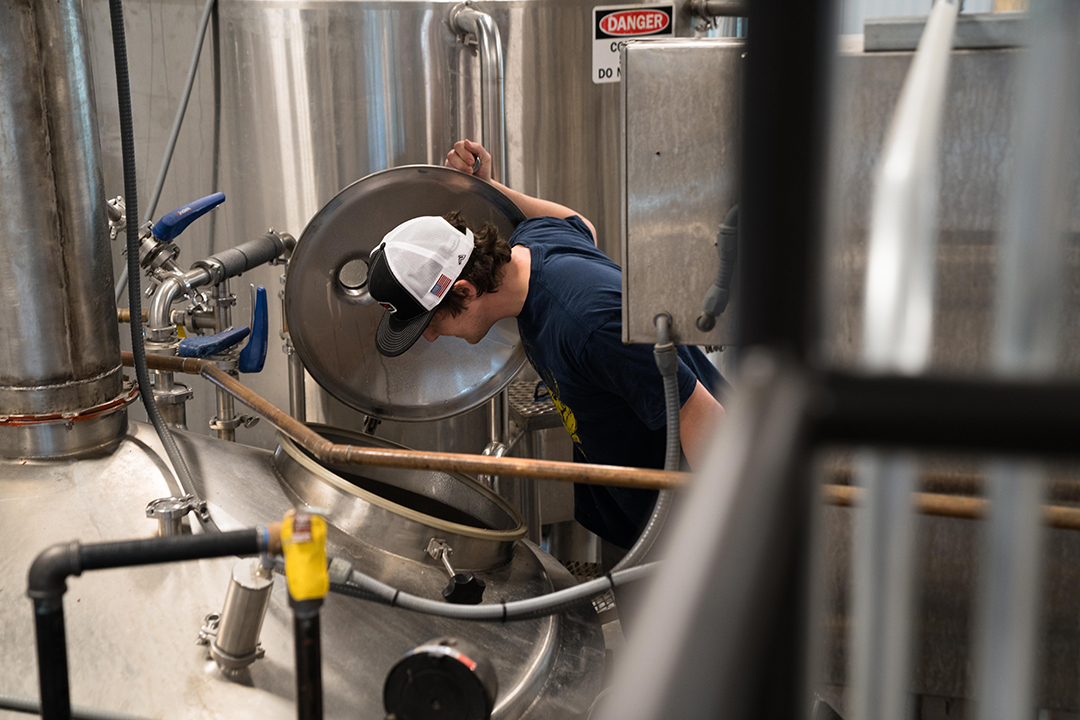
As your brewery grows, knowing that you have to be consistent in your flavor profiles mean s constant analysis and adjustment for variations in water, hops, and malt.
Yet, consumers can drift — either in perception or on their palate — and a beer they loved at the start loses interest quickly now. Breweries must combat that. One way is to adjust profiles of beers ever so slightly, either to maximize new hops, perfecting mashing techniques or just adjusting to what the consumer wants more of.
The core beers for Seattle’s Stoup Brewing are constantly being evaluated for quality, but Brad Benson said the changes to core beers are done gradually.
“We have a strong selection of rotating styles and one-off IPAs,” he noted. “These allow us to try out new ideas and keep an eye on consumer’s shifting palates.”
The flagships for Cheboygan Brewing have undergone very few changes over the last few years.
Brewmaster Brian Lindsay did point to IPA #11 as being the exception.
“As IPAs around the country started shifting away from the ultra-bitter West Coast style to reflect more juicy hop characteristics, we felt it was necessary to tone down the IBUs of that brand,” he said.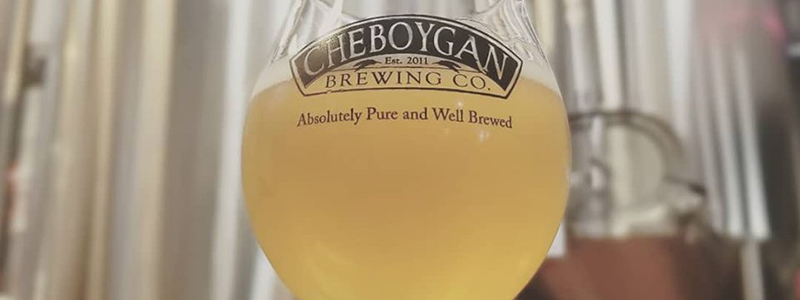
Instead of creating a new brand Cheboygan made small changes to maintain the same hop flavor profile but decreased the bittering addition. The resulting product is what Lindsay describes as a more balanced IPA that showcases more depth of hop flavor without the piney finish.
“Changes like this are essential to staying relevant,” he said. “Consumer preference is always evolving sometimes cyclical and sometimes in completely new directions.”
Dean Priebe, the Brewmaster for Icicle Brewing said the opposite thinking is applied at their brewery.
“The owners of the brewery have a strong desire to keep the beers tasting the same as the first time we brewed them,” he explained. “So, we satisfy the consumer’s shifting palate by brewing new beers.”
So why are changes like this important to what are the challenges in staying relevant?
“‘Relevant’ is a tricky thing to always be chasing,” Benson said. “I think most consumers recognize a well-made craft beer regardless of whether it is a light Lager or a barrel-aged Stout.
“I think the challenge for a brewer/owner is to know when not to chase “relevance”. Is it worth making a beer to be “relevant” if you would not drink it/enjoy it at the end of the day? Yes, we all have to keep the lights on but it’s also great to sleep well at night knowing you are staying true to yourselves.”

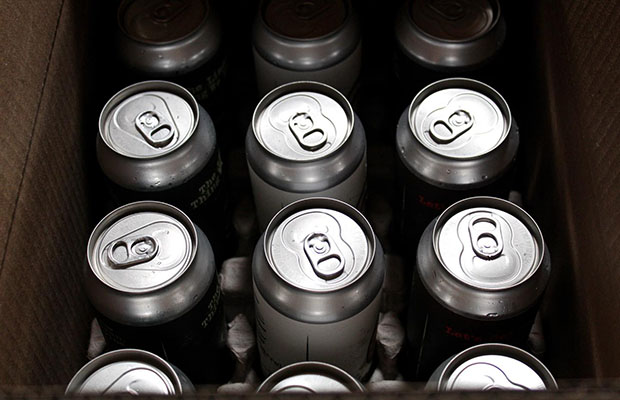
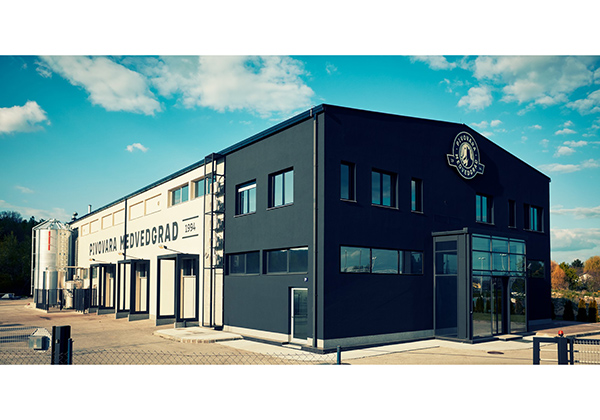
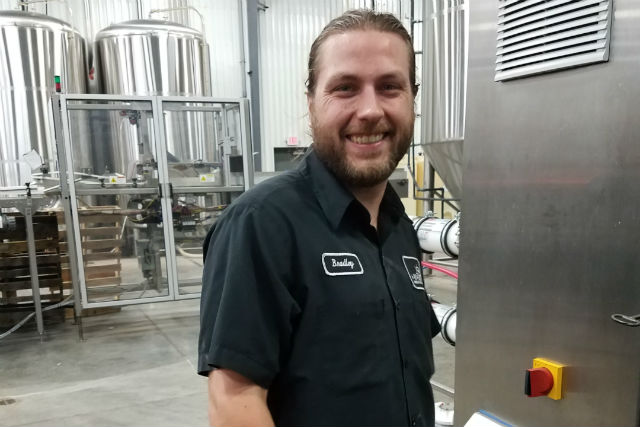
1 Trackback / Pingback